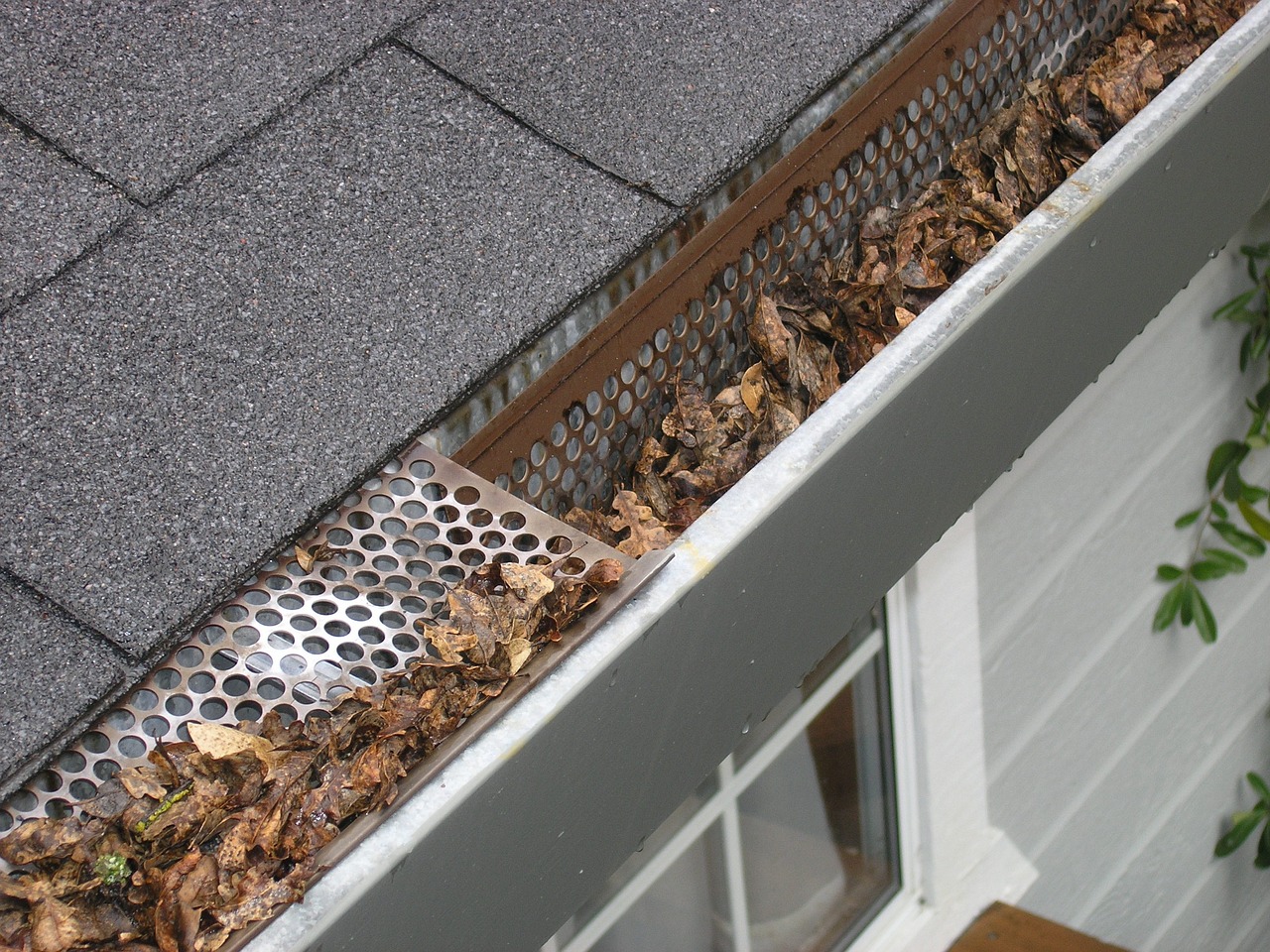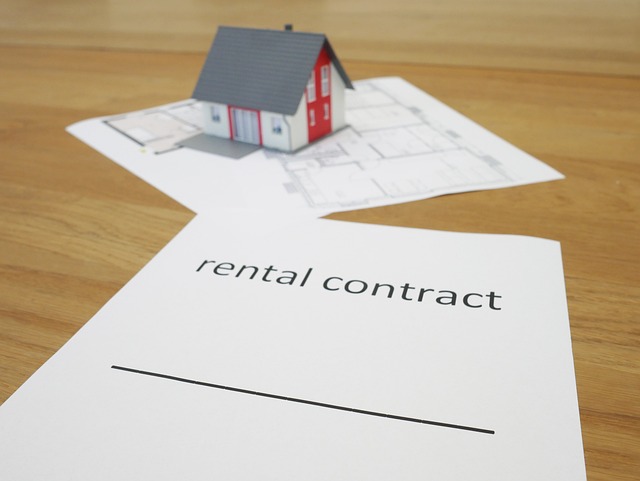Abandoned Houses: From Neglect to New Life - Investment Opportunities and Renovation Strategies
Abandoned houses dot landscapes across the United Kingdom, from rural villages to urban centers. These forgotten properties represent both challenges and remarkable opportunities for investors, renovators, and homebuyers seeking affordable housing options. While many see only dilapidation and decay, others recognize the potential for transformation—creating homes that blend historical character with modern amenities. This article explores the multifaceted world of abandoned properties, from finding and purchasing them to understanding the renovation process and market dynamics that make them increasingly valuable investments.

Transforming Abandoned Houses: Vision and Reality
Abandoned properties offer a blank canvas for creative renovation and repurposing. The transformation process typically begins with a thorough structural assessment to determine if the building can be saved and what interventions are necessary. Many successful projects preserve original architectural details—ornate moldings, wooden beams, or period fireplaces—while modernizing essential systems like plumbing, electrical wiring, and insulation.
The most successful transformations balance historical preservation with contemporary functionality. This might involve opening floor plans to create airier spaces, adding energy-efficient windows that maintain the architectural style, or converting unused attics and basements into additional living areas. Professional architects and contractors who specialize in renovation projects can provide invaluable guidance, helping to maintain a property’s character while ensuring it meets current building standards and lifestyle needs.
Finding Affordable Opportunities in the Abandoned Property Market
Locating abandoned houses requires strategic research and networking. Local council registers often maintain lists of empty properties, while auction houses regularly feature abandoned homes at competitive prices. Additionally, specialized estate agents sometimes focus on distressed or abandoned properties and can alert potential buyers to new opportunities.
Online resources have made the search more accessible, with websites dedicated to empty properties and land registry databases providing valuable starting points. Community connections also prove valuable—local residents often know which properties have been sitting empty and might share information about ownership or previous sale attempts.
Price points vary significantly based on location, condition, and market demand, but abandoned properties typically sell for 20-40% below market value. This discount reflects the additional investment required for renovation and the risks associated with purchasing properties that may have hidden structural issues.
Legal Considerations and Due Diligence When Purchasing Abandoned Houses
The legal landscape surrounding abandoned properties presents distinct challenges. Establishing clear ownership is paramount, as abandoned houses sometimes have complicated title issues, outstanding liens, or multiple claimants. A comprehensive title search conducted by a solicitor specializing in property law can prevent costly disputes after purchase.
Planning permissions represent another critical consideration, particularly for properties in conservation areas, listed buildings, or those requiring significant structural changes. Local authorities have varying regulations regarding renovations, extensions, and changes of use. Securing necessary permissions before purchase can prevent costly delays or project revisions.
Environmental assessments address potential hazards like asbestos, lead paint, or contaminated soil that may require specialized remediation. These issues impact both the renovation budget and timeline. Additionally, boundary disputes and access rights might affect the property’s usability and value, making thorough research essential before committing to purchase.
Renovation Costs and Planning for Abandoned Property Projects
Renovation expenses for abandoned properties vary dramatically based on condition, size, and intended use. A comprehensive budget should account for structural repairs, utility system replacement, cosmetic updates, and contingency funds for unexpected discoveries.
| Renovation Category | Typical Cost Range (£) | Timeframe |
|---|---|---|
| Basic Structural Repairs | 15,000-40,000 | 4-8 weeks |
| Complete Rewiring | 3,000-10,000 | 1-2 weeks |
| New Plumbing Systems | 5,000-15,000 | 1-3 weeks |
| Roof Replacement | 5,000-12,000 per roof | 1-2 weeks |
| Damp Treatment | 2,000-8,000 | 1-2 weeks |
| New Kitchen Installation | 8,000-30,000 | 2-3 weeks |
| Bathroom Renovation | 5,000-15,000 | 1-2 weeks |
| Window Replacement | 5,000-15,000 | 1 week |
| Interior Decoration | 3,000-12,000 | 2-4 weeks |
| Garden/Exterior Landscaping | 2,000-10,000 | 1-3 weeks |
Prices, rates, or cost estimates mentioned in this article are based on the latest available information but may change over time. Independent research is advised before making financial decisions.
Effective project management proves essential, often requiring coordination between architects, structural engineers, builders, and specialized tradespeople. Phased approaches can help manage cash flow, typically starting with essential structural work before moving to systems (electrical, plumbing, heating) and finally to cosmetic improvements. Many successful renovators recommend budgeting an additional 15-20% beyond initial estimates for contingencies and unexpected issues that invariably arise during renovation of long-abandoned structures.
Market Outlook and Investment Opportunities for Renovated Properties
The investment potential for renovated abandoned properties remains strong across the UK, with several factors driving market interest. Housing shortages in many areas create steady demand for additional residential units, while growing interest in sustainable living favors renovation over new construction. Properties with historical character often command premium prices once restored, particularly in desirable locations.
Return on investment varies by region and property type, but successful projects typically yield 20-30% profit margins after accounting for all renovation expenses. The highest returns generally come from areas experiencing regeneration or improved transportation links. Urban abandoned properties often benefit from proximity to amenities and services, while rural abandoned homes appeal to buyers seeking quieter surroundings and larger plots.
Long-term market trends suggest continued interest in character properties with modern amenities, making well-executed renovations potentially lucrative investments. However, success requires careful market research to understand local buyer preferences and price ceilings before committing significant renovation funds.
The transformation of abandoned houses represents more than just financial opportunity—it revitalizes communities, preserves architectural heritage, and creates unique homes with stories to tell. For those willing to navigate the challenges, these forgotten properties offer remarkable potential for both profit and creative expression.




